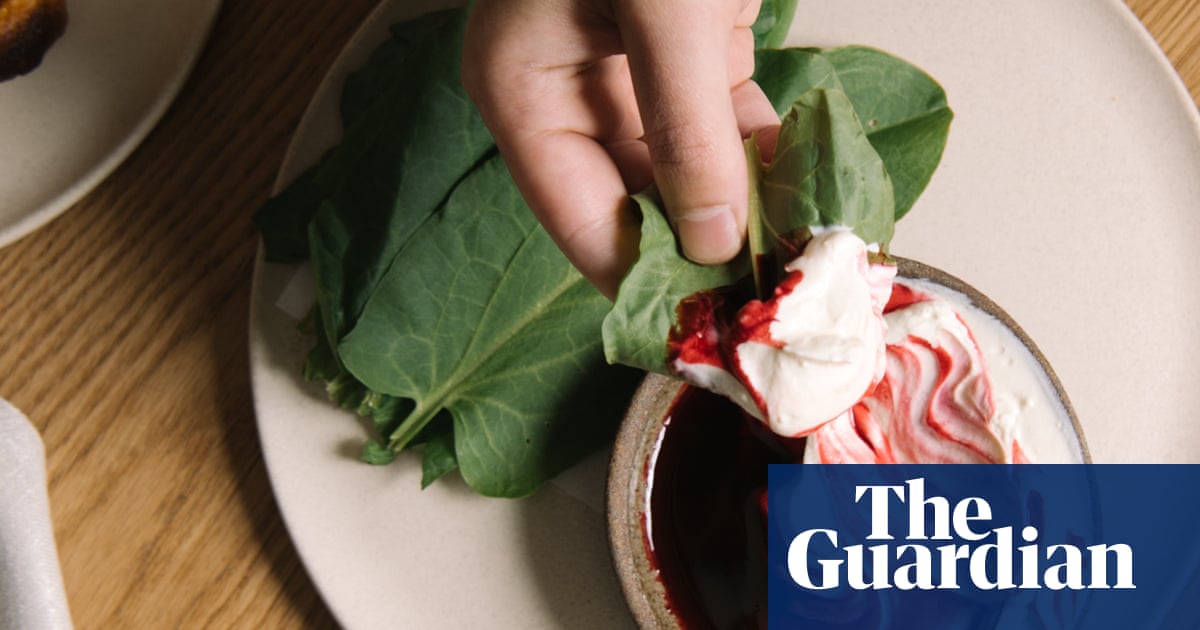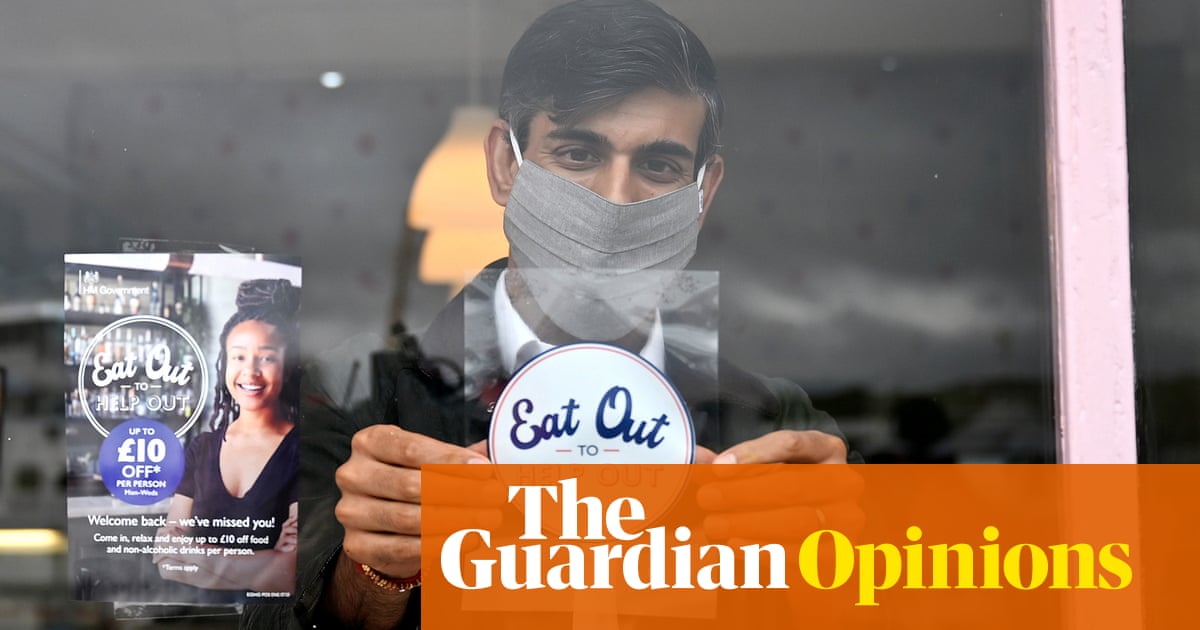
slide the mask up over my nose and lean towards the electronic thermometer. “You have a temperature of 36.8C,” says the smiling restaurant maitre-D. At least I assume he’s smiling. His own surgical mask is pulled up to right below the eyes.
He gestures with gloved hands to a guestbook in which I record my name and phone number. These details will be submitted into a centralised database and retained for 30 days. Should anyone in the restaurant test positive for Covid-19, the Malaysian government will trace any diners who may have come into contact with them that evening and tell them to self-isolate. I cast a furtive glance at my fellow diners to see how healthy they look before venturing in. These measures aren’t exactly key ingredients for a relaxing meal with friends. But then again, we are dining out in the middle of a global pandemic.
It’s been a little over two weeks since the Malaysian government authorised restaurants to reopen their doors to dine-in customers, one of the first countries in the world to do so. The easing of the country’s movement-control order followed nearly two months of being cooped up, forbidden from anything other than infrequent trips to the local supermarket. Even outdoor exercise of any kind was strictly prohibited.
Then on 4 May some restrictions were relaxed. That restaurants were one of the sectors given the green light, while schools, swimming pools and visits to family remained off limits, is testament to how central eating out is to Malaysian culture. Before coronavirus, families crowding round communal tables at outdoor food courts and queuing up for bowls of char kway teow (flat rice noodles) at one of the many hawker stalls was a regular evening sight. It’s an informal and deeply sociable affair, and something I’ve come to love since moving to Penang a year ago. And, if I’m honest, it just isn’t quite the same with masks, gloves and government databases.
The maitre-D leads us through an almost empty restaurant into a new outside area, where long rectangular tables have been pushed together to form one larger table to ensure we’re all sat a safe distance apart. Too far away to clink glasses as we raise a toast to finally being allowed out.
The changes don’t end there. The menu has only a few dishes available, a way to limit interaction between kitchen staff. And in the bathroom, there are lines of red tape stuck to alternate sinks to keep anyone from accidentally brushing against one another as they reach for the hand soap.
Then there’s the atmosphere. Yes, the meal is delicious and the service excellent. And it’s wonderful to sit with friends, catching up between sips of wine in the balmy evening air. But there’s no escaping the fact that there’s no ambience. I keep forgetting myself, holding out a glass of wine for my friend to taste before quickly snatching it back as the waiter spots what I’m doing and hurries towards us. You can’t overhear snippets of anyone’s conversation. There’s no polite squeezing behind someone’s chair on the way to the toilet, or children running around. All things that once were annoying, and now seem a meaningful part of the experience.
Tentative plans to reopen the UK’s hospitality sector in July are under way, and already the idea of 50% capacity and two-metre gaps between tables has been floated. Malaysia demonstrates the big challenge to UK restaurateurs: how do you balance a clinical degree of distance with the warmth and hospitality that makes eating out such a joy? The next few months will be a period of experimentation and innovation, and the best we as customers can do is to accept that things won’t go back to “normal” for a long time, continue to support our favourite haunts and raise a glass to their efforts.












